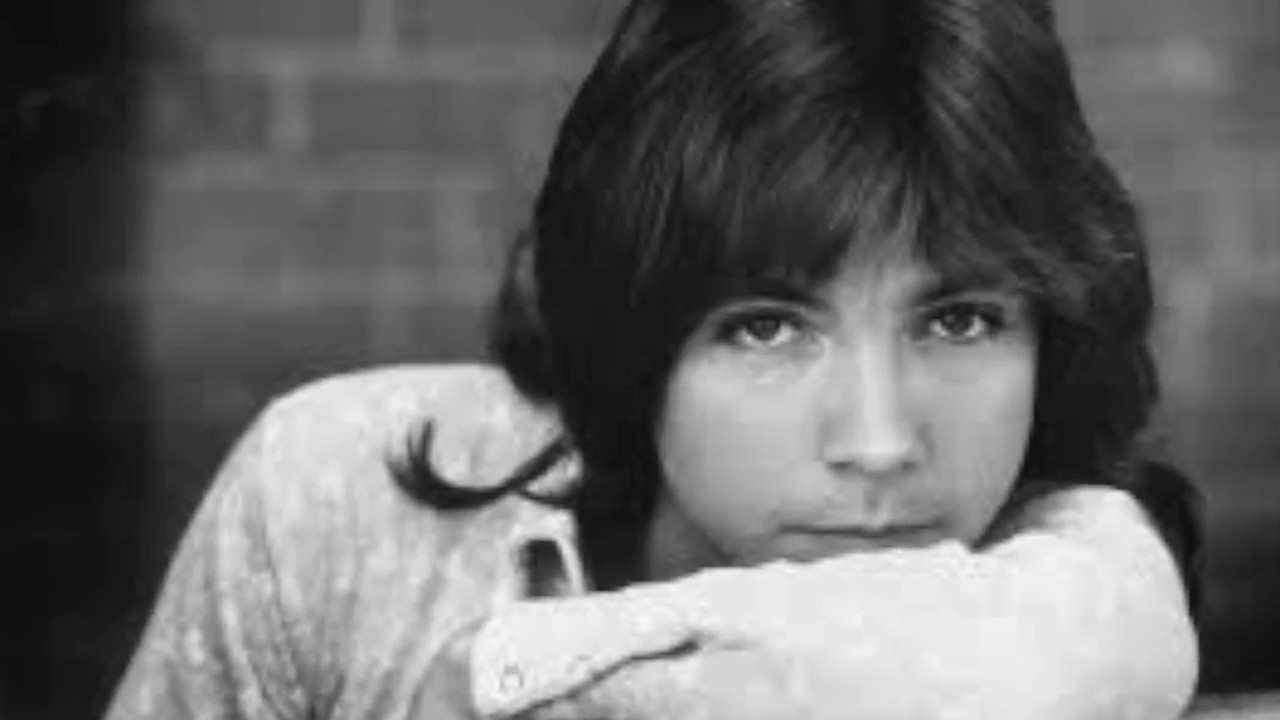
The sound of rebellion refined — a pop idol shedding his gloss for the grit of self-definition.
When David Cassidy released “Gettin’ It in the Street” in 1976, the song arrived as both a declaration and a defiance — an unvarnished pulse of rock from an artist many had prematurely entombed in the bubblegum amber of early ’70s teen stardom. Issued as the title track of his album Gettin’ It in the Street, this single represented Cassidy’s attempt to bridge his immense commercial past with a creative identity that was grittier, more self-determined, and aligned with the seismic shifts overtaking popular music at mid-decade. The song saw limited chart action — a modest appearance on U.S. charts and slightly more traction abroad — yet its true resonance lies not in numbers but in transformation: the sound of an artist fighting to be heard on his own terms.
At its core, “Gettin’ It in the Street” is a cry for authenticity dressed in swaggering rock attire. Co-written by Cassidy and guitarist Gerry Beckley of America, it channels an undercurrent of social restlessness that feels distinctly mid-’70s — the sense that innocence has eroded, and all that remains is motion, rhythm, and survival. Cassidy’s voice, freed from the polish that once defined him, cuts through with urgency; it’s not the coy charm of a teen idol but the rasp of a man demanding to be taken seriously. Musically, it straddles an intriguing line between West Coast rock and streetwise funk — crisp guitars punctuated by propulsive percussion, echoing the urban pulse hinted at in its title.
Thematically, the song speaks to reinvention: not just personal reinvention but cultural renewal. The “street” becomes metaphorical terrain — where truth is earned through struggle rather than prepackaged fame. In this sense, Cassidy was writing himself into a new narrative, one shared by artists of his generation trying to outpace their own mythologies. His earlier fame through The Partridge Family had offered adoration without credibility; now he was searching for something purer, less adorned. The lyrics suggest resilience amid disillusionment, a determination to carve meaning out of chaos — sentiments that echoed across a decade bruised by post-idealistic fatigue.
Though Gettin’ It in the Street never achieved mainstream success, its cultural afterglow is more poignant when viewed as part of Cassidy’s evolution rather than as a standalone commercial entity. Here was an artist wrestling with the machinery of fame and emerging with something rawer, almost cinematic in its portrayal of urban vitality and personal emancipation. In retrospect, this song stands as one of Cassidy’s most sincere artistic statements — a rough diamond glinting beneath the glare of lost innocence, proving that even those once dismissed as artifacts of pop can rediscover their edge when they return to the street where authenticity still breathes.